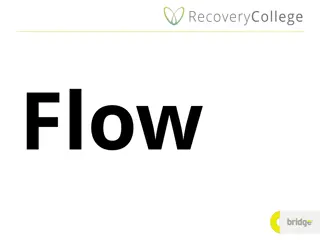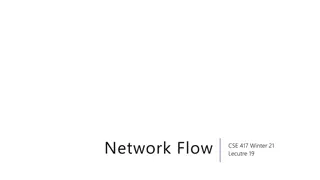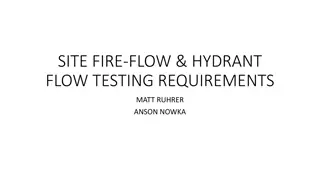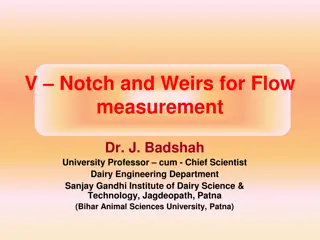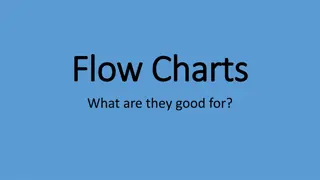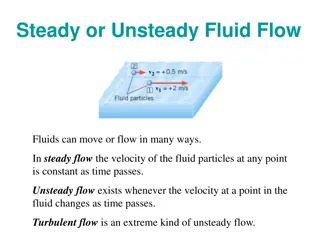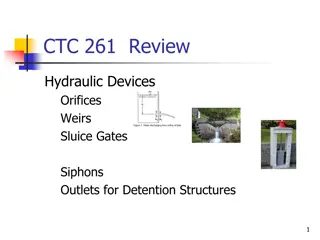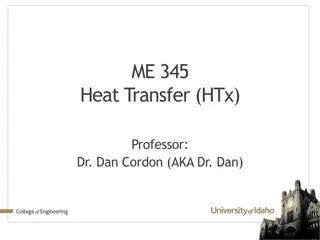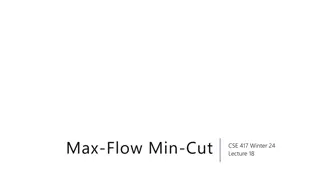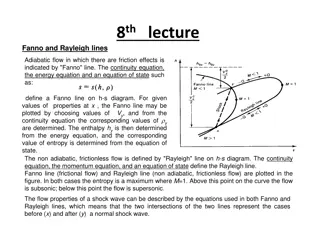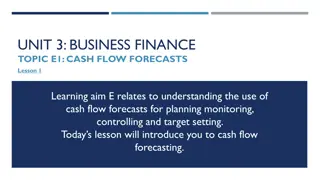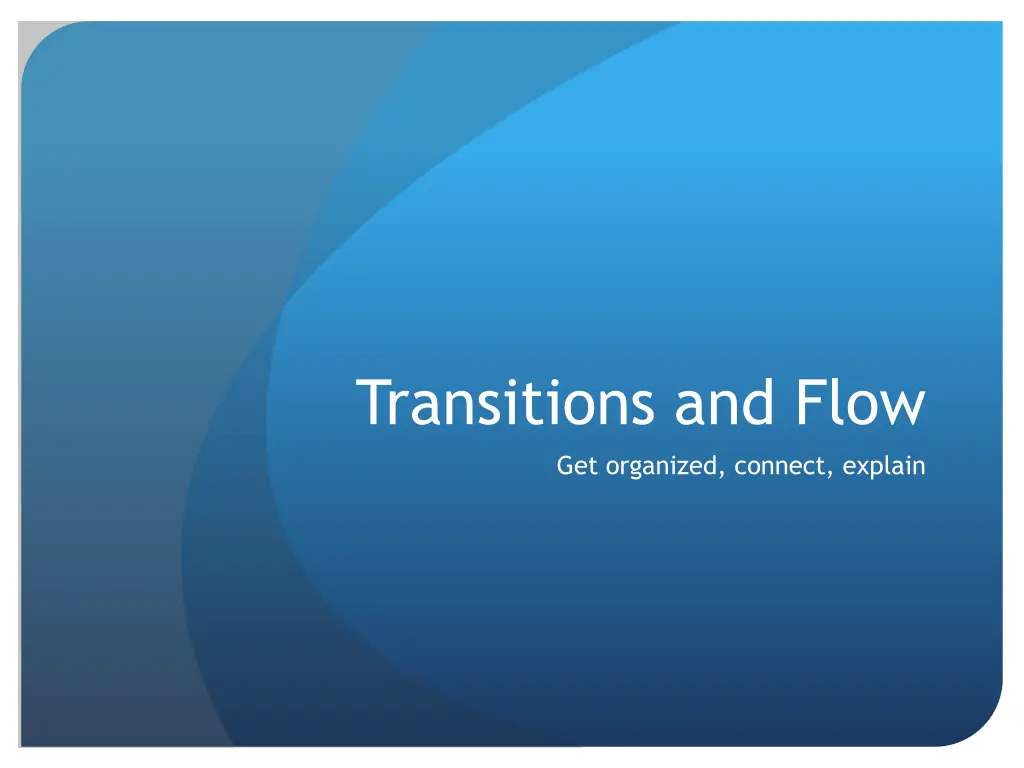
Effective Tips for Organizing, Connecting, and Explaining Your Writing
Learn how to organize your paragraphs, connect ideas seamlessly, and ensure cohesiveness in your writing by following these practical tips: organizing paragraphs logically, using appropriate transition words, and explaining the relationships between ideas effectively.
Download Presentation

Please find below an Image/Link to download the presentation.
The content on the website is provided AS IS for your information and personal use only. It may not be sold, licensed, or shared on other websites without obtaining consent from the author. If you encounter any issues during the download, it is possible that the publisher has removed the file from their server.
You are allowed to download the files provided on this website for personal or commercial use, subject to the condition that they are used lawfully. All files are the property of their respective owners.
The content on the website is provided AS IS for your information and personal use only. It may not be sold, licensed, or shared on other websites without obtaining consent from the author.
E N D
Presentation Transcript
Transitions and Flow Get organized, connect, explain
Get your paragraphs organized Just like the sequence of paragraph topics in your outline, you have to organize inside the paragraph as well. Use Time order, cause/effect, across society, small to large, etc. Put like things together instead of chopped up across the paragraph To do this, you have to skim over the paragraph from start to end and back to the top, and hold it in your mind. Study it as a whole and decide if that s a logical order for your examples and ideas.
Connect to what came before Some transition words are useful, but don t overuse, and use them right. List: http://writing.wisc.edu/Handbook/Transitions.html Refer back to what you just said using demonstratives and pronouns. This kind of sentence looks like: This _____ (name what you just discussed) changes ____. . . or continues, or doesn t apply, or contrasts, etc. then finish your sentence with the new idea you want to bring up.
Explain how everything relates Sometimes your writing is jumpy because you left things out. That s why you outline to see where the holes are, where you have a topic but no real examples, or missing explanations Every example and idea should work toward proving your thesis. If that s strong and clear and you build on that in every paragraph, it will hold your paper together and you won t have to worry about jumping around. Nothing builds coherence and flow like a clear focus on your purpose.
Try it With a partner, find or use all 3 of the approaches we covered to improve the rough paragraph I will give you: 1. Put it in order (and take out things that belong elsewhere) 2. Add links and transitions where needed I ll put the list of transitions back up so you can see that. 3. Explain how ideas relate (add new phrases or sentences to fill in the gaps)

